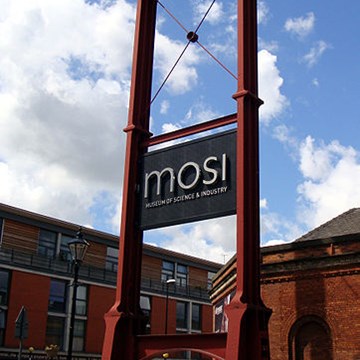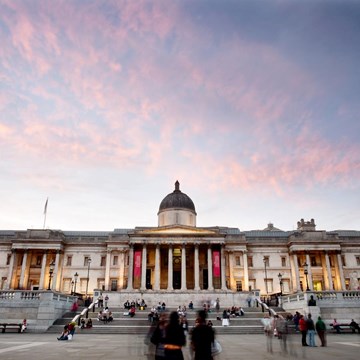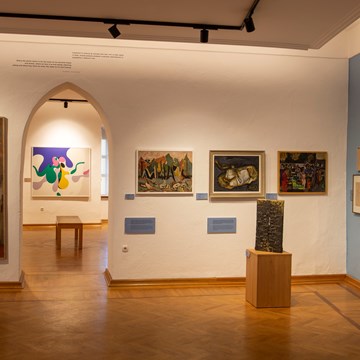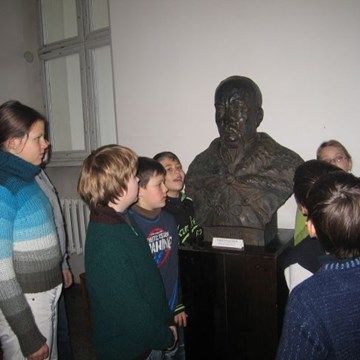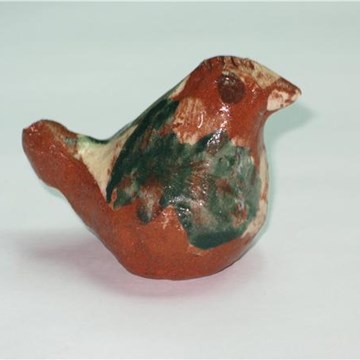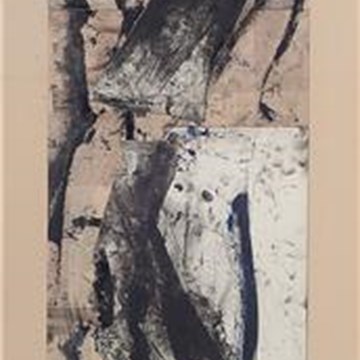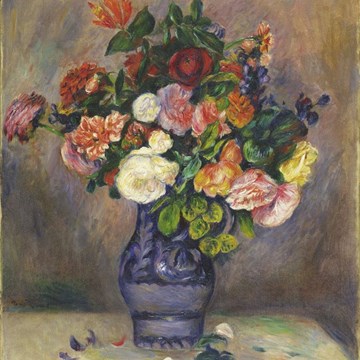Anne Frank House
Anne Frank Huis
Housed in one of Amsterdam's characteristic canalside houses, the Annexe located at Prinsengracht 263 provided eight people with a hiding place for two years during the Second World War; a conflict which only one of the house’s former inhabitants would survive.
Opened to the public in 1960, the canalside house serves as a present-day reminder of the war, the plight of its Jewish inhabitants, Anne Frank’s indomitable spirit and the celebrated diary she wrote during the time she spent in hiding in its Secret Annexe.
While it is now a world-famous museum receiving around a million visitors yearly and the most visited building of its kind in Amsterdam, the present status of Prinsengracht 263 stands in sharp contrast with its condition some 50 years ago, when the building was slated for demolition.
A few days after having arrested its eight inhabitants on 4 August 1944, the Nazis stripped the hiding place they found concealed behind a movable bookcase. It was common practise during the war years to confiscate every item from a hiding place once its Jewish inhabitants had been arrested and deported. Of all the contents in the Annexe, only Anne's diary was saved.
In addition to the historic rooms, where the history of Anne Frank is central, there are other exhibitions in the museum.
Exhibitions and events
We don't have anything to show you here.
Educational programs
We don't have anything to show you here.
Collections
We don't have anything to show you here.




